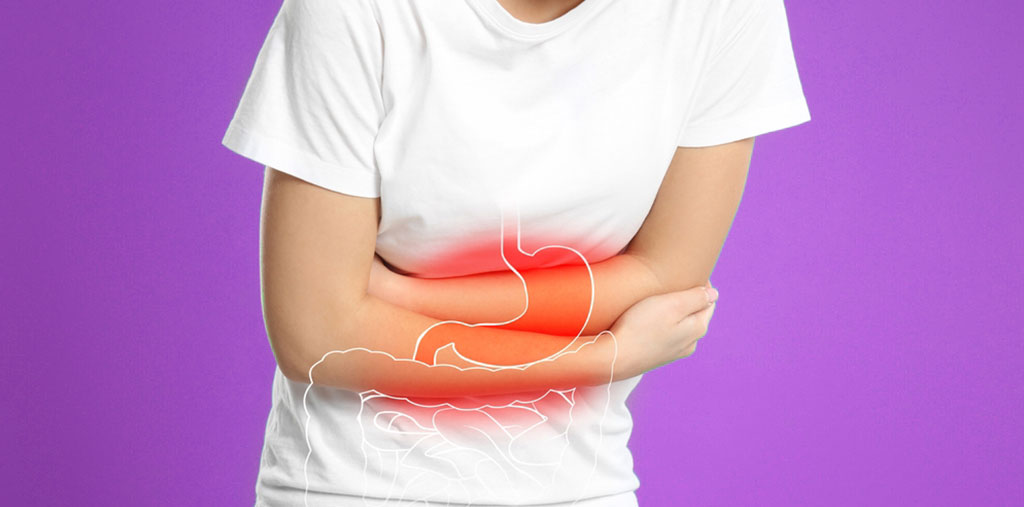Treatment of Stomach Ulcers
Treatment of Stomach Ulcers

Endoscopic Treatment of Stomach Ulcers
Stomach ulcers are among the most common gastrointestinal disorders, often causing discomfort and, in some cases, serious complications if not properly treated. With advances in diagnostic and therapeutic techniques, endoscopy has become an effective tool not only for diagnosing peptic ulcers but also for treating them in certain cases. In this article, we’ll explore in detail how stomach ulcers are treated using endoscopy, when this option is used, and the steps and related tips.

Diagnosing Stomach Ulcers with Endoscopy
Before starting any treatment plan, an accurate diagnosis is essential. Gastroscopy, or upper gastrointestinal endoscopy, is considered the gold standard for diagnosing stomach ulcers.
During this procedure, the doctor inserts a thin, flexible tube equipped with a camera through the mouth to reach the stomach. This allows the physician to directly view the stomach lining, identify the ulcer, determine its location and size, and assess the impact on surrounding tissues. Tissue samples (biopsies) can also be taken for laboratory testing—especially when there's suspicion of cancerous cells or bacterial infection, such as Helicobacter pylori, one of the most common causes of stomach ulcers.
Complications of Stomach Ulcers
If not treated properly, stomach ulcers can lead to serious complications, including:
- Internal bleeding:
Usually presents as bloody vomit or dark, tarry stools.
- Perforation of the stomach wall:
A life-threatening emergency that requires urgent surgery.
- Stomach obstruction:
Caused by swelling or scarring that blocks food passage.
- Malignant transformation:
In rare, long-standing cases, ulcers can develop into stomach cancer.
When Is Endoscopy Used to Treat Stomach Ulcers?
Although medication is usually the first-line treatment for stomach ulcers, there are specific cases where endoscopic intervention is required, including:
- Ulcers with ongoing bleeding that does not respond to medication.
- Visible blood vessels within the ulcer.
- Failure of conventional treatment and recurring ulcers.
- Need to close a small perforation in the stomach wall.
- Presence of polyps or suspicious tumors near the ulcer site.
Preparation for Endoscopic Treatment of Stomach Ulcers
Prior to undergoing an endoscopic procedure for ulcer treatment, certain preparations are necessary:
- Fasting for 6–8 hours before the procedure.
- Informing the doctor of all medications, especially blood thinners.
- Avoiding smoking and alcohol before and after the procedure.
- Conducting blood tests to assess clotting ability and hemoglobin levels.
Steps of Endoscopic Treatment for Stomach Ulcers
- Patient sedation:
Usually local anesthesia in the throat and an intravenous sedative to ensure comfort.
- Inserting the endoscope:
Through the mouth, passing the esophagus into the stomach.
- Locating the ulcer:
Precisely using the camera.
- Therapeutic procedures may include:
Thermal or laser cauterization to stop bleeding.
Injection of medications around the ulcer to reduce swelling or bleeding.
Ligation of blood vessels in cases of active bleeding.
In some cases, applying a metallic clip to close a perforation or stop bleeding.
- Withdrawing the endoscope after ensuring the situation is stable.
Post-Endoscopy Tips for Ulcer Treatment
After undergoing endoscopic ulcer treatment, the following guidelines are recommended:
- Complete rest for several hours post-procedure.
- Avoid eating or drinking for at least two hours.
- Regular intake of prescribed medications such as proton pump inhibitors.
- Avoid NSAIDs like ibuprofen.
- Quit smoking and alcohol.
- Adjust your diet: avoid spicy, acidic, and fatty foods.
- Regular follow-up with your doctor for reassessment if needed.
